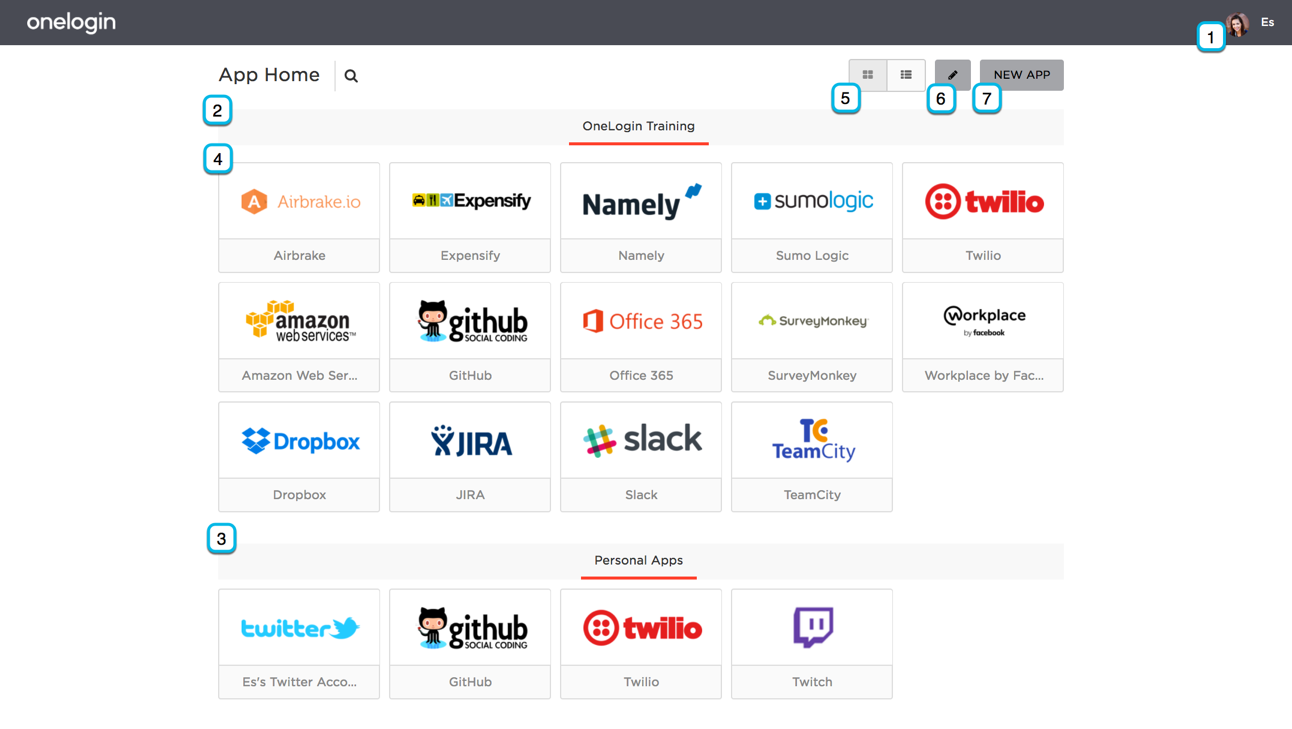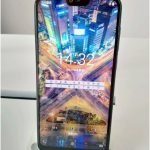
The Great Balancing Act
There’s a war out for client data, and the people behind it are the same ones that folks are always hearing about in security blogs and news articles on lives that were ruined by identity theft. Whenever a personal mote of information is stolen – social security number, passwords and even SIM access – this is considered identity theft, and it’s made possible for many reasons, but the most compelling is when someone gives any of these details to a company that later winds up hacked. With these kinds of compromises happening almost weekly now, it’s instantly clear why it’s important to take every measure to prevent data theft.
However, manufacturers are just as responsible for safeguarding client data as the clients are themselves, and the law usually places the onus squarely on companies’ shoulders when such a compromise occurs. It’s not that the government doesn’t look for the perpetrator; it’s just that the company is beholden to do something about the situation before it blows all four rubbers and spins off a cliff. Entrepreneurs have long required some form of protection when handling sensitive data online, but this is truly a different situation. The old methods aren’t working like they used to.
OneLogin’s Solution
Manufacturers have relied on multifactor authentication (MFA) for many years to help protect things at the client’s discretion, and some companies make it mandatory. However, getting up into the corporate side of the fence tells a compelling story of what happens when MFA alone is all that’s trusted alongside simple encryption. Here’s a hint: It’s not good enough anymore.
This is why OneLogin has risen to prominence more recently with their unique take on securing databases, cloud services, user accounts and more. Multifactor authentication forms the central pillar with single sign on (SSO) forming the spiral staircase around it, funneling contacts of all sorts into a single porthole where a bevy of scanners, checkers and validators work together to ensure that whoever’s entering the system is exactly who they’re trying to enter as. There are many authentication options that OneLogin relies on during this process, including:
- OneLogin Protect alerts
- SMS texts with one-time passwords (OTPs)
- Hardware certificates
- Personal security questions
The SSO side of this approach ensures that no connections can enter the system from any other point beside the front door, which is loaded to the teeth with all kinds of monitoring in addition to the aforementioned multiple factors of authentication. Altogether, this is a formidable system that isn’t penetrable anywhere but from the single heavily-guarded gate that clients and customers alike can share. The great part of this system, however, is that it manages to complicate life for malicious visitors while making the single sign on process for legitimate users, well, singular and simple.
In the days ahead, it’s looking hopeful as security companies begin catching up to the newest ladders that hackers are using to scale cyber-barriers these days. Unfortunately, for the moment, there’s quite a bit of catching up to do. Similarly, manufacturers and their vendor extensions will need to catch up with the times in the interest of their businesses, staff members and clients alike. After all, it’s difficult regaining the trust of the public after catastrophes of this manner.










